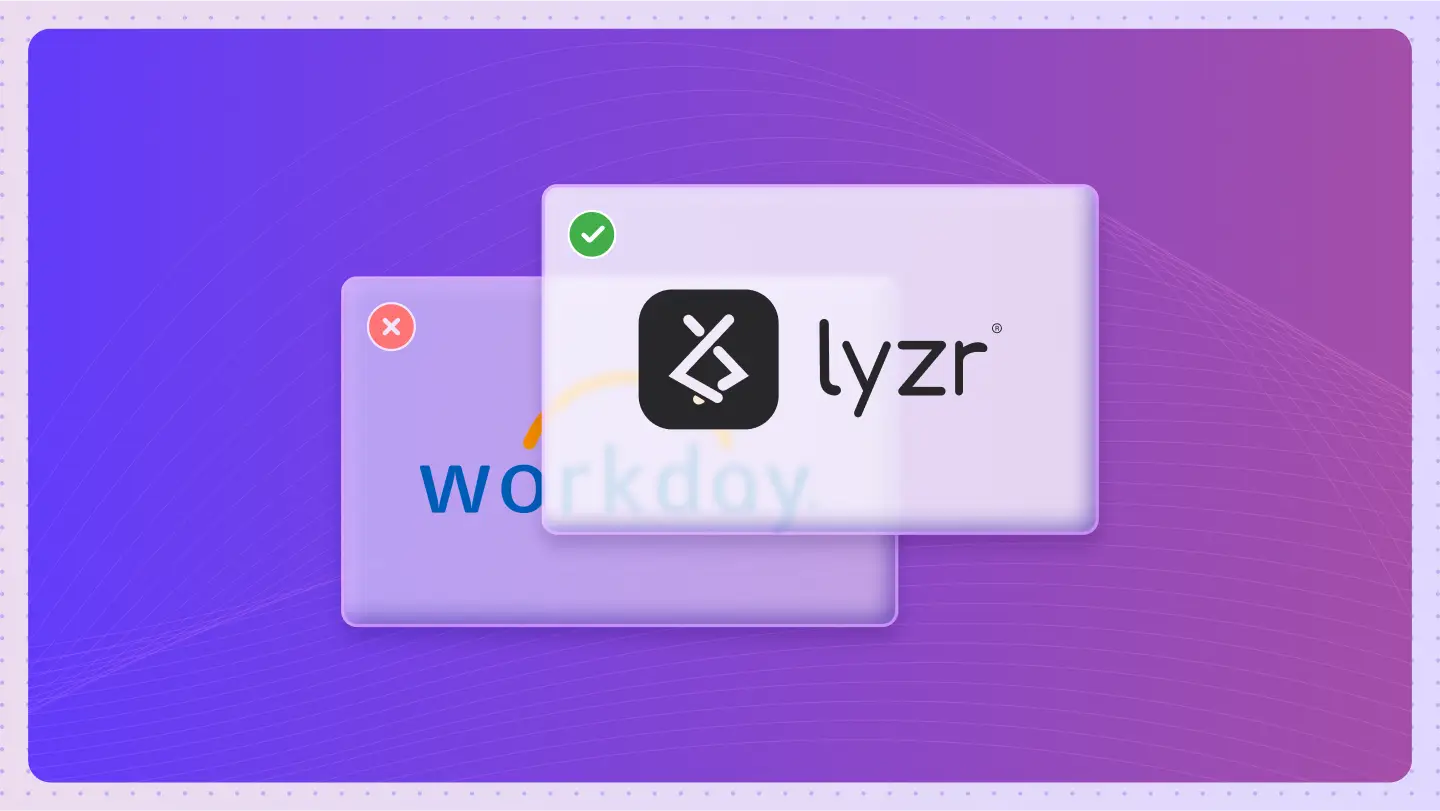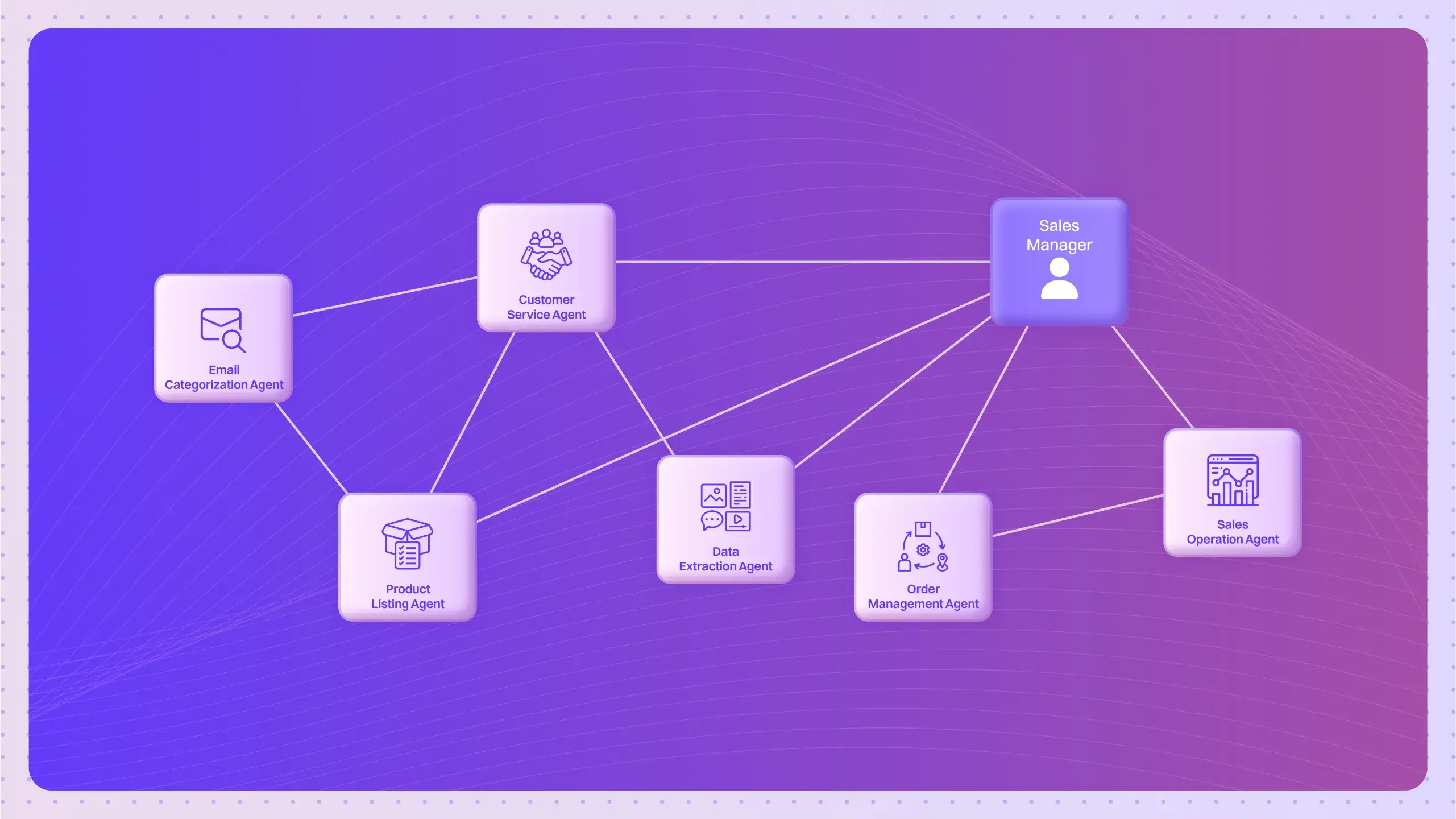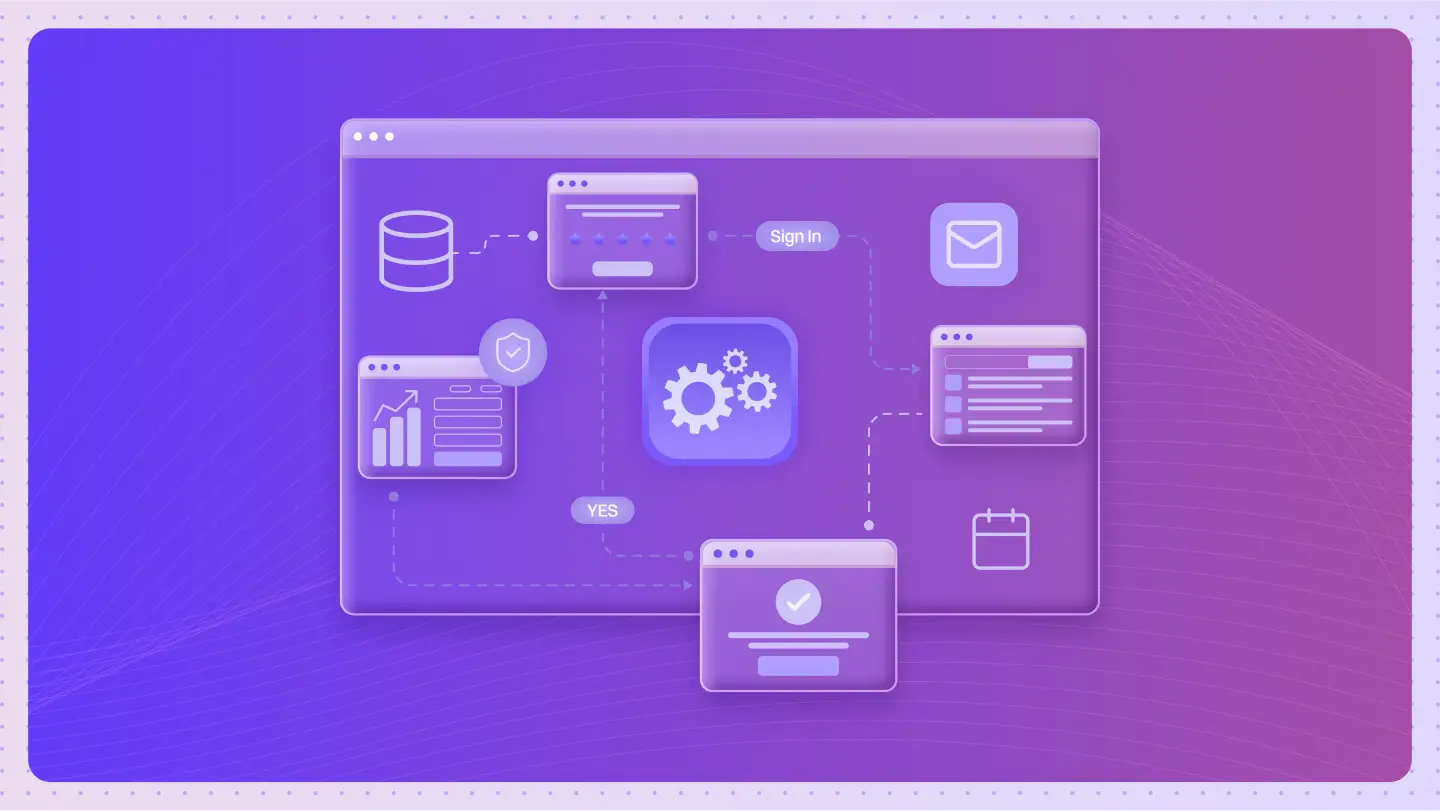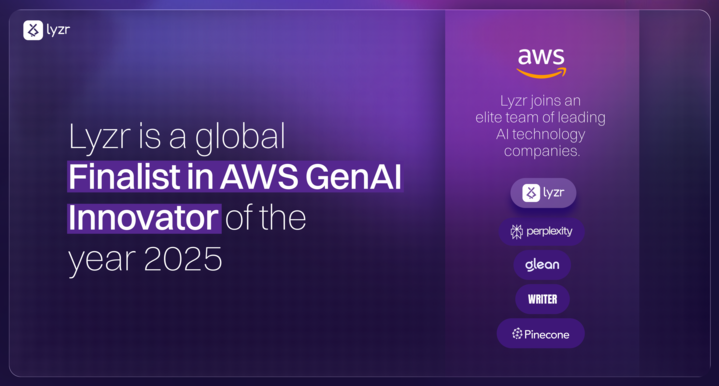What is Active Learning?
Active Learning is a machine learning approach that improves model performance by interactively selecting the most informative data points for training. This method allows models to learn more efficiently by focusing on challenging examples, ultimately enhancing their accuracy and adaptability.
How does Active Learning Operate or Function?
Active Learning optimizes the learning process by interactively selecting the most informative data points to label. This approach significantly enhances model performance through strategic data selection. Here’s how it operates:
- Data Selection: The algorithm identifies which unlabeled instances would be most beneficial for the model to learn from, based on uncertainty or expected model improvement.
- Interactive Querying: The model actively queries a human annotator to label these selected instances, reducing the amount of labeled data needed for training while improving accuracy.
- Iterative Learning: After each round of labeling, the model is updated with the newly labeled data, allowing it to learn progressively.
- Performance Improvement: This method leads to better generalization and robustness as the model learns from the most relevant examples.
- Key Strategies: Effective active learning strategies include uncertainty sampling, query-by-committee, and expected model change, which guide the selection of the most informative samples.
Overall, Active Learning streamlines the training process, making it cost-effective and efficient.
Common Uses and Applications of Active Learning
Active Learning is a powerful approach in machine learning that enhances model performance by selectively querying data points for labeling. This interactive data selection process allows models to learn more effectively with fewer labeled instances. Here are some key applications:
- Medical Diagnosis: Active learning is utilized to improve diagnostic models by focusing on uncertain cases, allowing for more accurate predictions with minimal labeled data.
- Natural Language Processing (NLP): It helps in enhancing sentiment analysis and language translation by selecting the most informative texts for training.
- Image Classification: In computer vision, active learning is applied to identify which images to label next, optimizing the training process for image recognition systems.
- Fraud Detection: Financial institutions leverage active learning to identify potentially fraudulent transactions by concentrating on ambiguous cases.
- Recommendation Systems: Active learning improves recommendations by focusing on user interactions that are most uncertain, tailoring suggestions effectively.
- Robotics: Robots use active learning to interactively learn from their environment, making them more efficient in task execution.
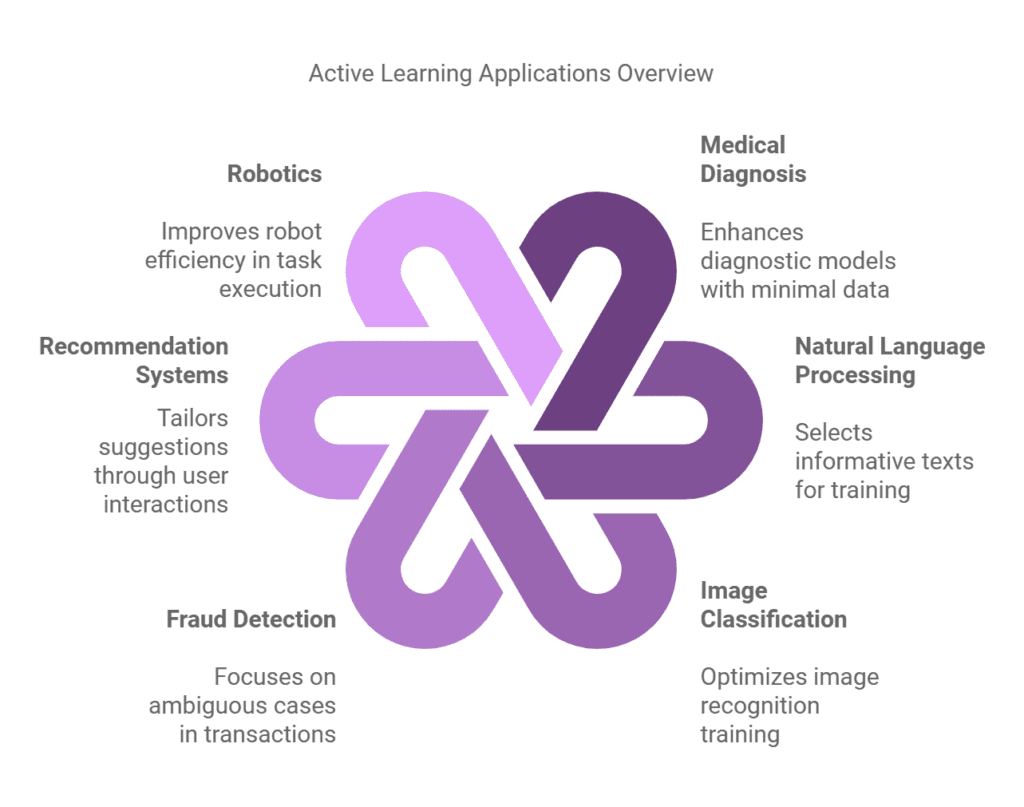
What are the Benefits of Using Active Learning?
Active Learning is a powerful technique that enhances model performance through intelligent data selection. Here are some key benefits:
- Improved Efficiency: Focuses on the most informative data points, reducing the time and resources needed for labeling.
- Higher Accuracy: By selecting the most relevant examples, models can learn more effectively, leading to better predictive performance.
- Reduced Labeling Costs: Minimizes the need for extensive labeled datasets, saving costs in data preparation.
- Dynamic Adaptation: Models can adapt to new data distributions quickly, ensuring they remain relevant over time.
- Guided Learning Process: Provides insights into data uncertainty, enabling targeted learning strategies.
Incorporating Active Learning into your workflow can significantly enhance the capabilities of your machine learning models.
Are there any Drawbacks or Limitations Associated with Active Learning?
While Active Learning offers many benefits, it also has limitations such as:
- Dependency on initial data quality: Poor quality data can hinder performance.
- Increased complexity: The implementation can be more complex than traditional methods.
- Time-consuming labeling: Requires significant effort in labeling data points.
These challenges can impact model accuracy and increase the time required for training.
Can you Provide Real-life Examples of Active Learning in Action?
Active Learning is used by Google to improve image classification models by selecting the most informative images for human annotation. This demonstrates how targeted data selection can lead to significant improvements in model performance while reducing labeling costs.
How does Active Learning Compare to Similar Concepts or Technologies?
Compared to traditional machine learning approaches, Active Learning differs in its data selection process. While traditional methods focus on using a fixed dataset, Active Learning prioritizes the most informative data points, making it more effective for scenarios where data labeling is costly or time-consuming.
What are the Expected Future Trends for Active Learning?
In the future, Active Learning is expected to evolve by integrating more sophisticated algorithms and techniques for data selection. These changes could lead to improved model performance and reduced labeling costs, making it an increasingly popular choice in machine learning applications.
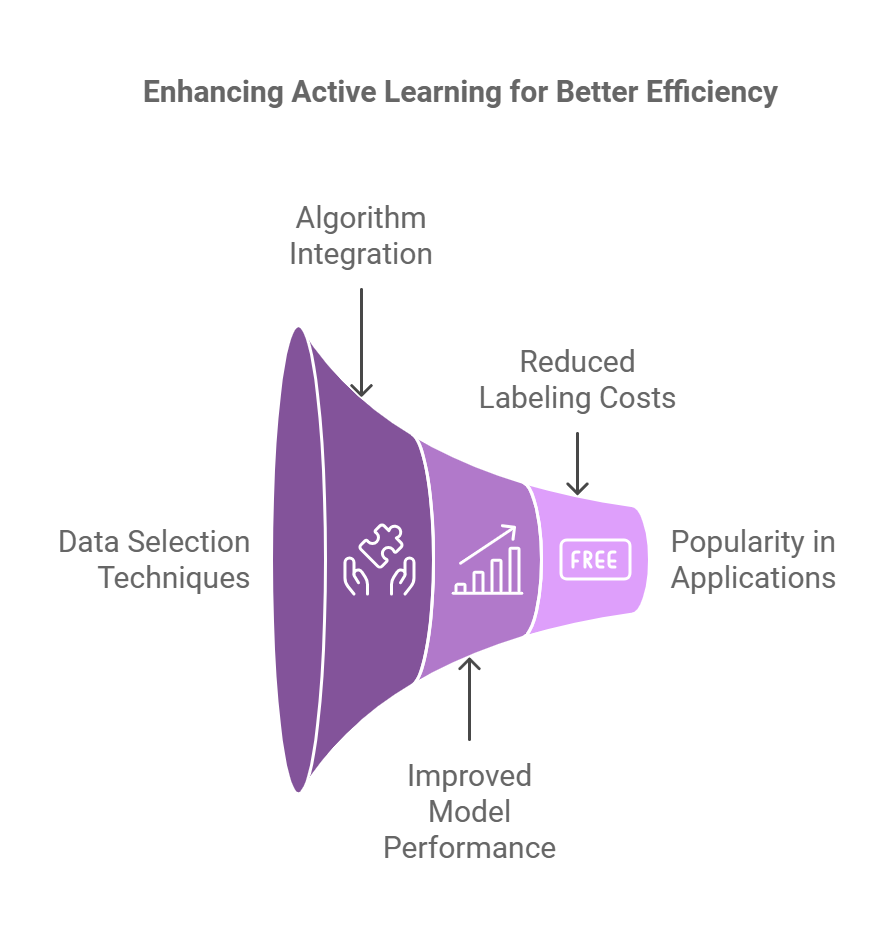
What are the Best Practices for Using Active Learning Effectively?
To use Active Learning effectively, it is recommended to:
- Start with a well-defined task and clear objectives.
- Select an appropriate query strategy for data selection.
- Monitor model performance continuously.
- Balance between exploration and exploitation during the selection process.
Following these guidelines ensures better model performance and resource management.
Are there Detailed Case Studies Demonstrating the Successful Implementation of Active Learning?
One case study involves a healthcare startup that implemented Active Learning to classify medical images. By focusing on the most uncertain samples for annotation, they achieved a 30% increase in model accuracy and reduced labeling costs by 40%. This highlights the benefits of Active Learning in specialized fields.
What Related Terms are Important to Understand along with Active Learning?
Related terms include Semi-Supervised Learning and Reinforcement Learning, which are crucial for understanding Active Learning because they share concepts of data utilization and model training, often complementing each other in various machine learning tasks.



